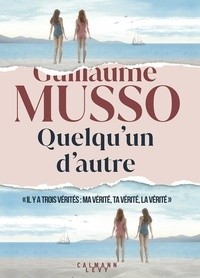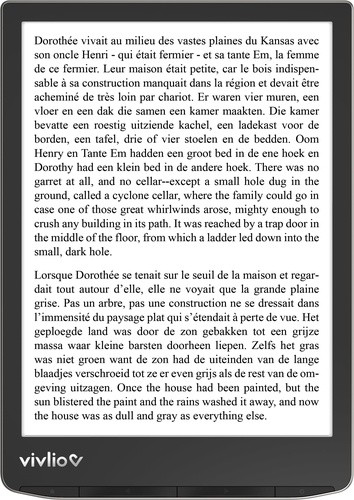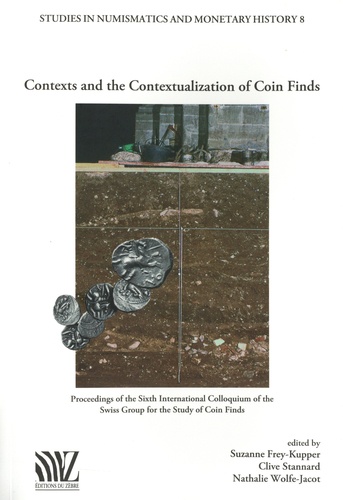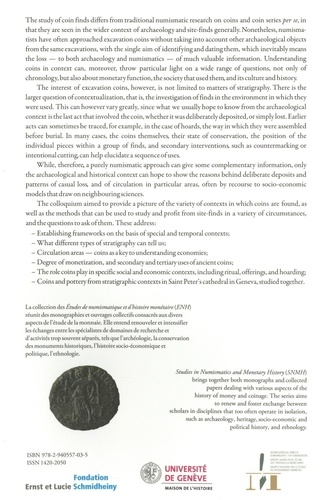En cours de chargement...
The study of coin finds differs from traditional numismatic research on coins and coin series per se, in that they are seen in the wider context of archaeology and site-finds generally. Nonetheless, numismatists have often approached excavation coins without taking into account other archaeological objects from the same excavations, with the single aim of identifying and dating them, which inevitably means the loss - to both archaeology and numismatics - of much valuable information.
Understanding coins in context can, moreover, throw particular light on a wide range of questions, not only of chronology, but also about monetary function, the society that used them, and its culture and history. The interest of excavation coins, however, is not limited to matters of statigraphy. There is the larger question of contextualization, that is, the investigation of finds in the environment in which they were used.
This can however vary greatly, since what we usually hope to know from the archaeological context is the last as that involved the coin, whether it was deliberately deposited, or simply lost. Earlier acts can sometimes be traced, for example, in the case of hoards, the way in which they were assembled before burial. In many cases, the coins themselves, their state of conservation, the positionof the individual pieces within a group of finds, and secondary interventions, such as countermarking or intentional cutting can help elucidatea sequence of uses.
While, therefore, a purely numismatic approach can give some complementary information, only the archaeological and historical context can hope to show the reasons behind deliberate deposits and patterns of casual loss and of circulation in particular areas, often by recourse to socio-economic models that draw on neighbouring sciences. The colloquium aimed to provide a picture of the variety of contexts in which coins are found, as well as the methods that can be used to study and profit from site-finds in a variety of circumstances, and the questions to ask of them.
These address : Establishing frameworks on the basis of special and temporal contexts ; What different types of stratigraphy can tell us ; Circulation areas - coins as a key o understanding economies ; Degree of monetization, and secondary and tertiary uses of ancient coins ; The role coins play in specific social and economic contexts, including ritual, offerings, and hoarding ; Coins and pottery from stratigraphic contexts in Saint Peter's cathedral in Geneva, studied together.







